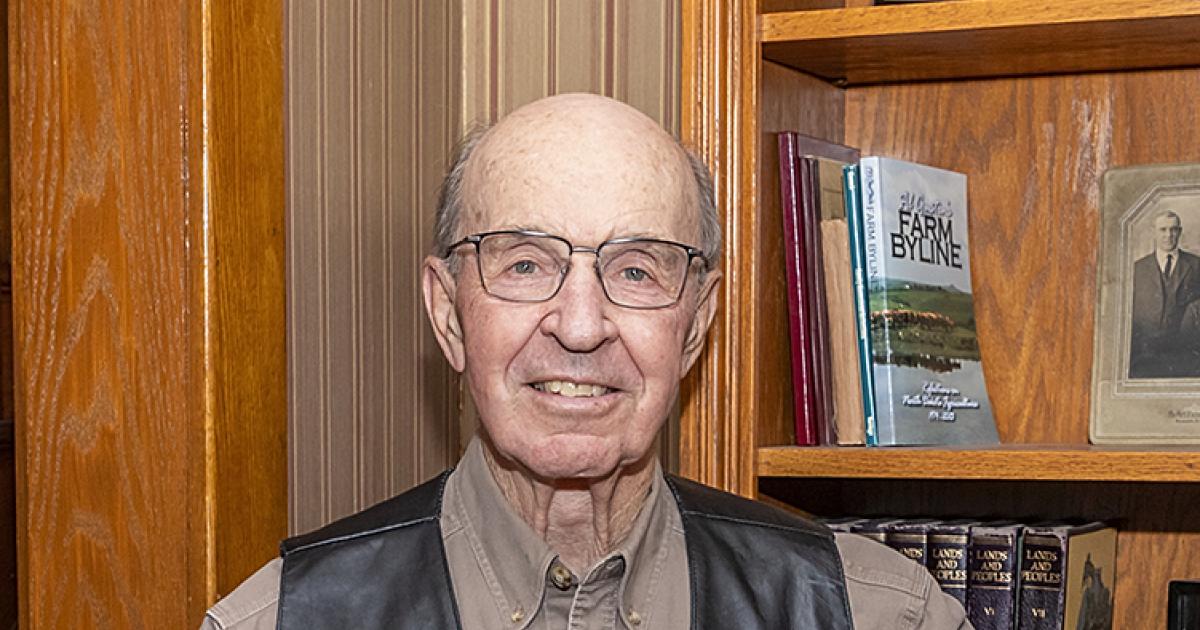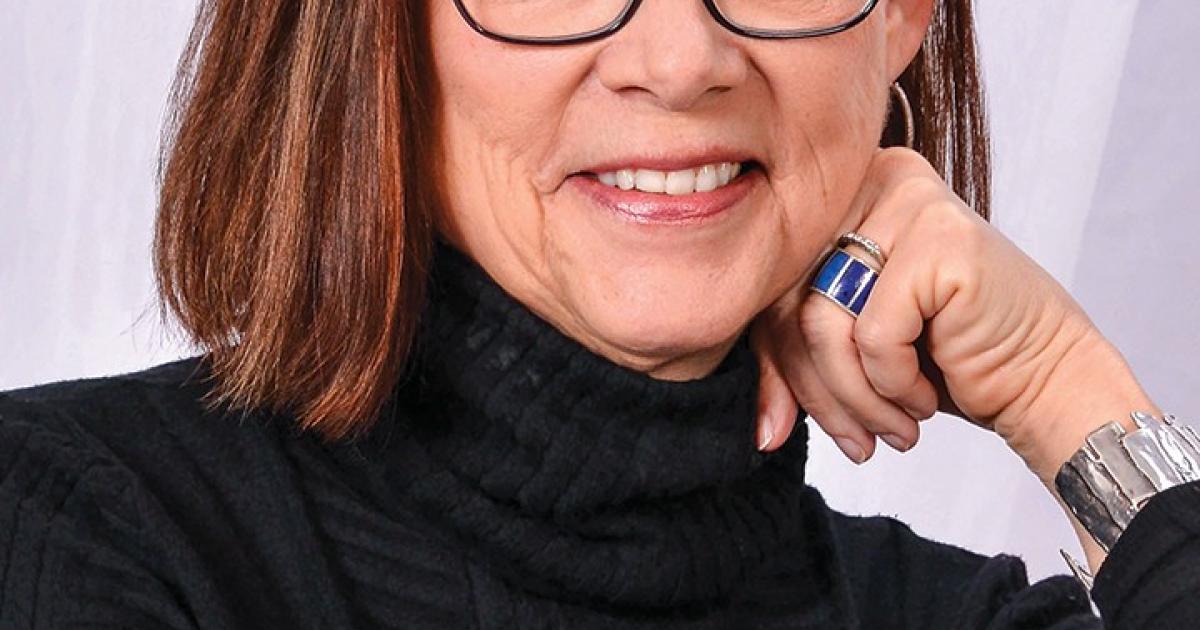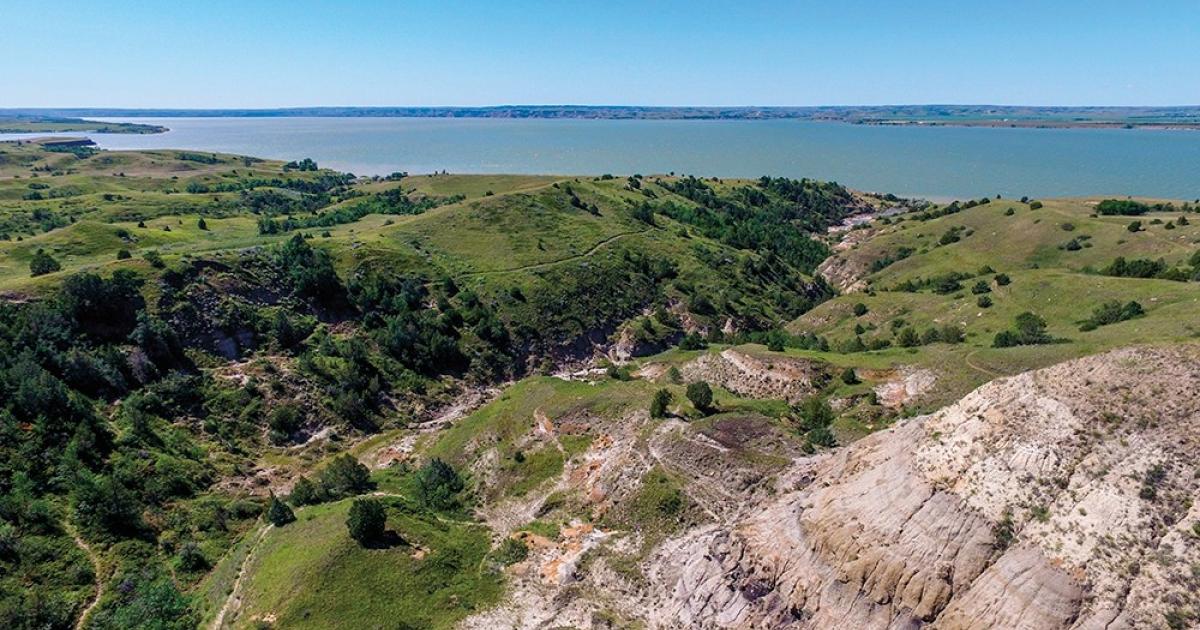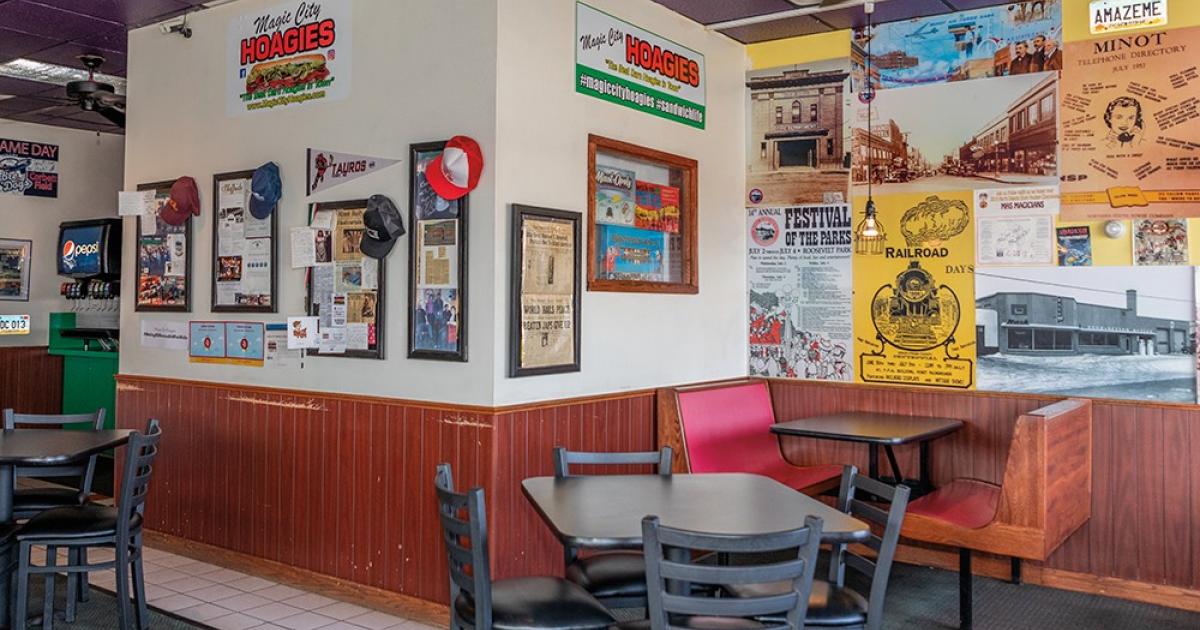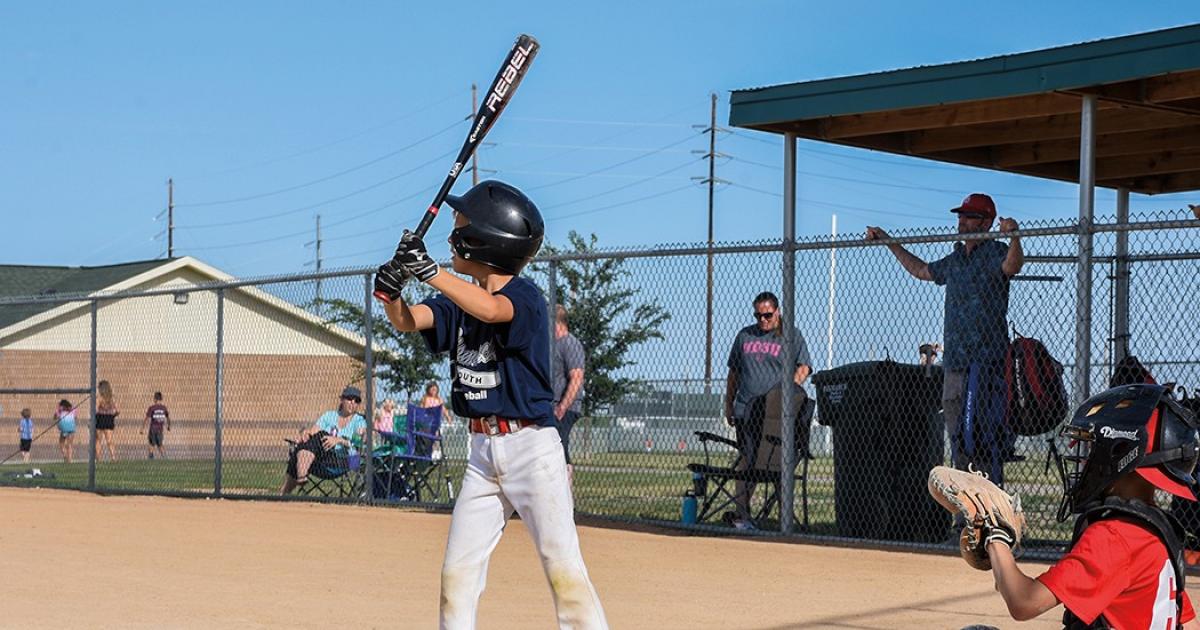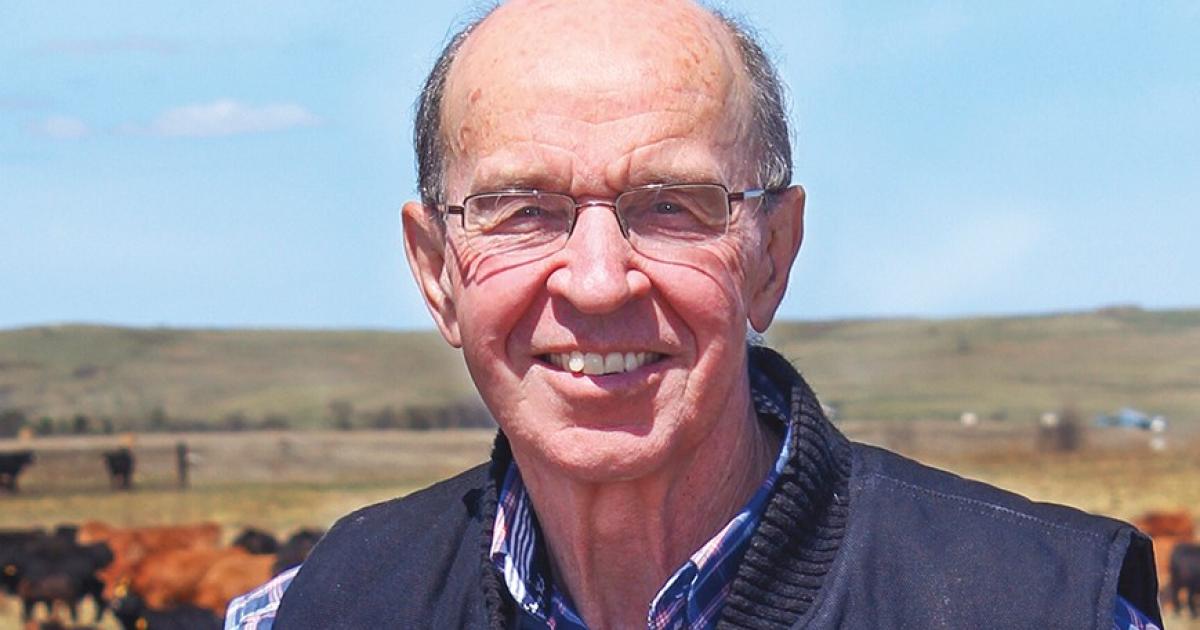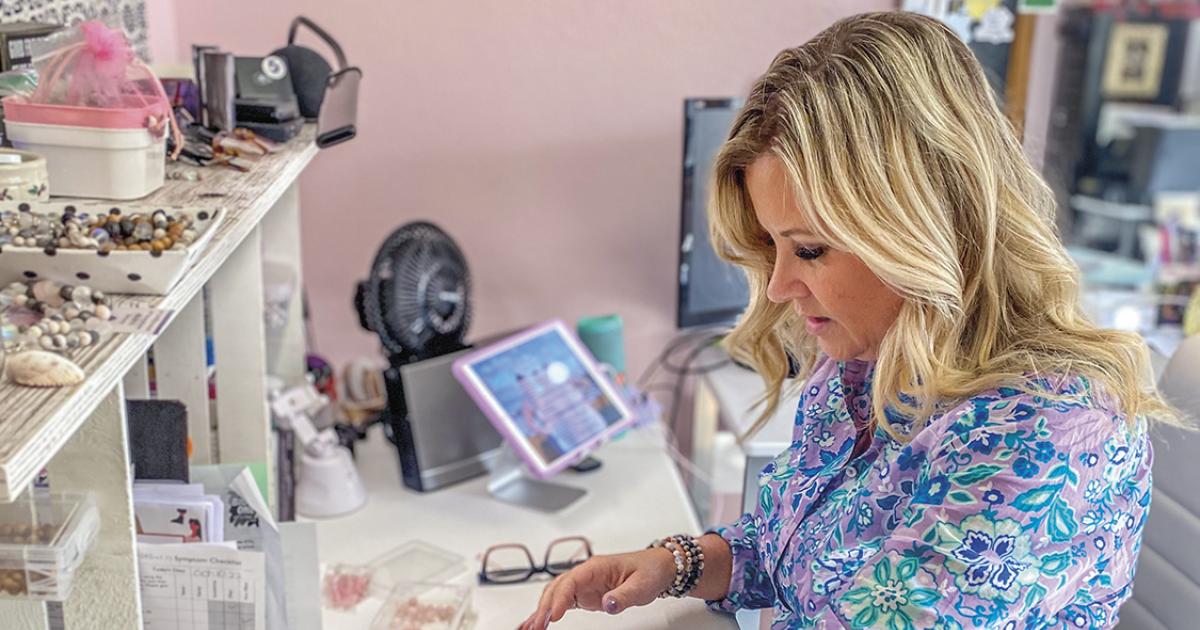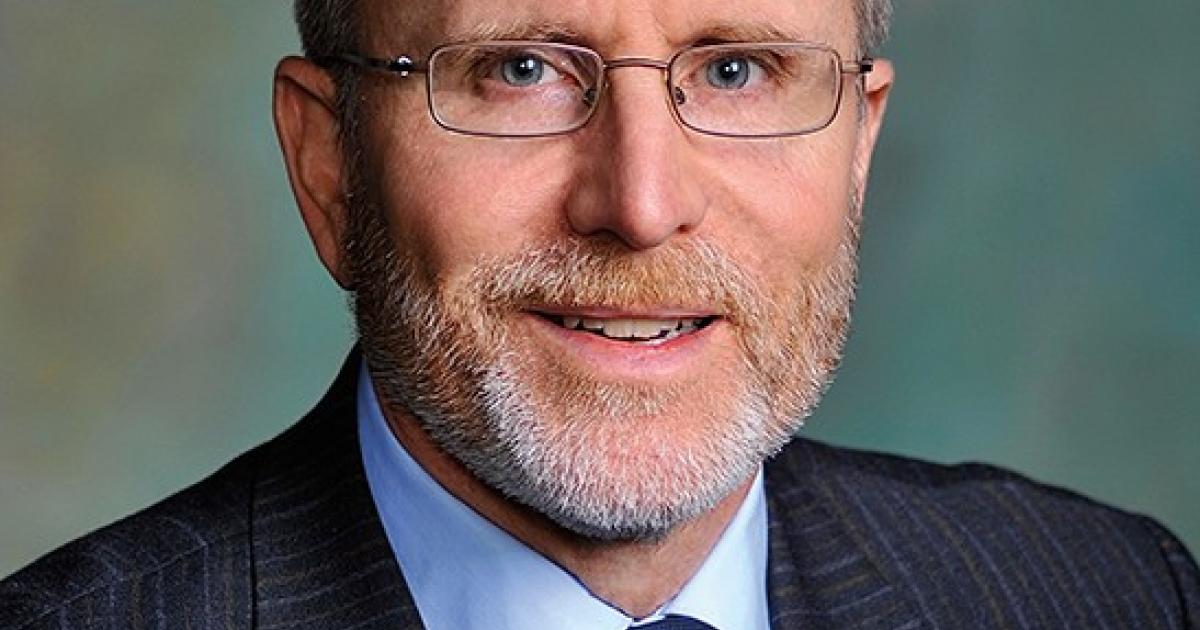We were three days into spring. It was March 23, and the lady who greeted me outside of church said she had seen a robin and a meadowlark that morning. I understood why those sightings were so meaningful to her and worth mentioning. I had seen robins and a meadowlark in preceding days, and I, too, felt the urge to tell someone. It’s because of what their annual appearance represents – the hope of spring.
This was one of those years when the robins and meadowlarks arriving in March got caught in an April snowstorm. You’d see them hunkered down, looking quite miserable. Seeing them was a reminder though spring may not yet have arrived, it soon would. In times like that, the migratory birds’ hope of spring is even more appreciated.
Consider how the sightings of robins and meadowlarks must have been even more meaningful for those who homesteaded this state, after winters that must have seemed long, cold, dark and difficult. One-hundred years prior to homesteading, in April 1805, one entry in the Lewis and Clark journals refers to “the ubiquitous American robin” and to a bird Clark writes on April 12 “is probably the western meadowlark.”
We consider, too, the Indigenous people Lewis and Clark met here on the Northern Plains. For many centuries, they witnessed the return of migratory birds with wonder, without the benefit of scientific understanding, but the knowing spring had arrived or soon would.
Some years ago on a trip to Hawaii, we rented a car and drove around Oahu. I was fascinated by Hawaiian agriculture. Crops were different. Machinery was different. We stopped, took a few photos and talked to a farmer. He said they were just finishing harvest and, the next day, they would begin preparing the soil for planting.
I wondered what it would be like to be able to grow crops year-round, without interruption. No seasonality. There certainly would be some good things about that. But it seemed to me there would be something missing – the hope of spring after a long winter.
___
Al Gustin is a retired farm broadcaster, active rancher and a member of Mor-Gran-Sou Electric Cooperative.


